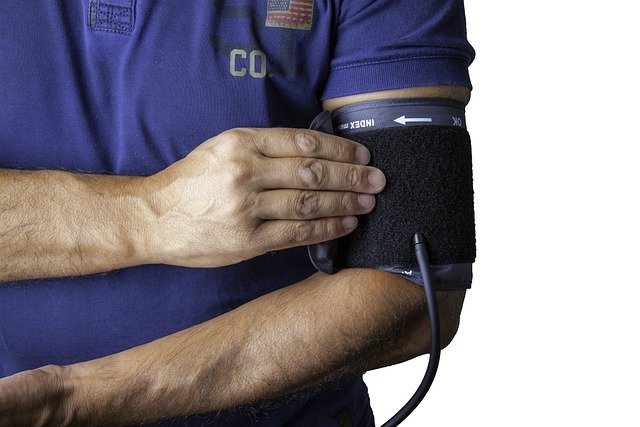"Unraveling the Healing Potential of Breathing Exercises"
Introduction: Have you ever considered the healing potential of your breath? Controlled breathing exercises, an ancient practice with origins in yoga, have been found to deliver profound health benefits in the modern age. Let's dive into the wonders of this often overlooked wellness strategy.

Breath is Life: How Controlled Breathing Exercises Began
Breathing exercises, known as Pranayama in the yoga tradition, have been practiced for thousands of years. The word ‘Pranayama’ comes from the Sanskrit words ‘prana’ (life force) and ‘ayama’ (control). These exercises were first developed as part of the holistic yogic approach to health, which emphasizes the connection between mind, body, and spirit. In recent years, scientific research has begun to validate what ancient yogis knew: that mastering your breath can bring profound physical and mental benefits.
Exploring the Modern Wellness Landscape: Breathing Exercises Make a Comeback
Today, controlled breathing exercises are experiencing a resurgence, thanks to their demonstrated ability to help manage stress, improve mental clarity, and even combat chronic conditions. These practices are being incorporated into fitness routines, mindfulness sessions, and even in clinical therapies.
Deep Dive: The Science Behind Breathing Exercises
Breathing exercises work by influencing the autonomic nervous system, which regulates involuntary processes such as heart rate and digestion. Through slow, deep inhalations and exhalations, these exercises can shift our body from a state of stress (sympathetic state) to a state of relaxation (parasympathetic state). This has an array of beneficial effects, including lowering blood pressure, improving concentration, and reducing symptoms of anxiety and depression.
The Art of Breathing: Techniques and Their Benefits
There are various types of breathing exercises, each with different benefits. Box breathing, for instance, is used by Navy Seals to stay calm under extreme pressure. Alternate nostril breathing, a traditional yogic technique, is said to balance the left and right hemispheres of the brain. Meanwhile, diaphragmatic breathing can help improve lung function and increase oxygen levels.
Quick Breaths: Simple Techniques to Try Today
-
Box Breathing: Inhale for a count of 4, hold for 4, exhale for 4, and hold for 4. Repeat for several rounds.
-
Alternate Nostril Breathing: Close one nostril and inhale through the other. Switch nostrils and exhale. Repeat, alternating nostrils with each breath.
-
Diaphragmatic Breathing: Place one hand on your chest and the other on your abdomen. Inhale deeply, allowing your abdomen to rise as your lungs fill with air. Exhale slowly, feeling your abdomen fall.
In conclusion, controlled breathing exercises are a powerful yet underappreciated tool for enhancing health and wellness. By incorporating these simple techniques into your daily routine, you can reap the myriad benefits of this ancient practice. Remember, the path to wellness is a journey, not a destination, and every breath you take is a step along the way.




